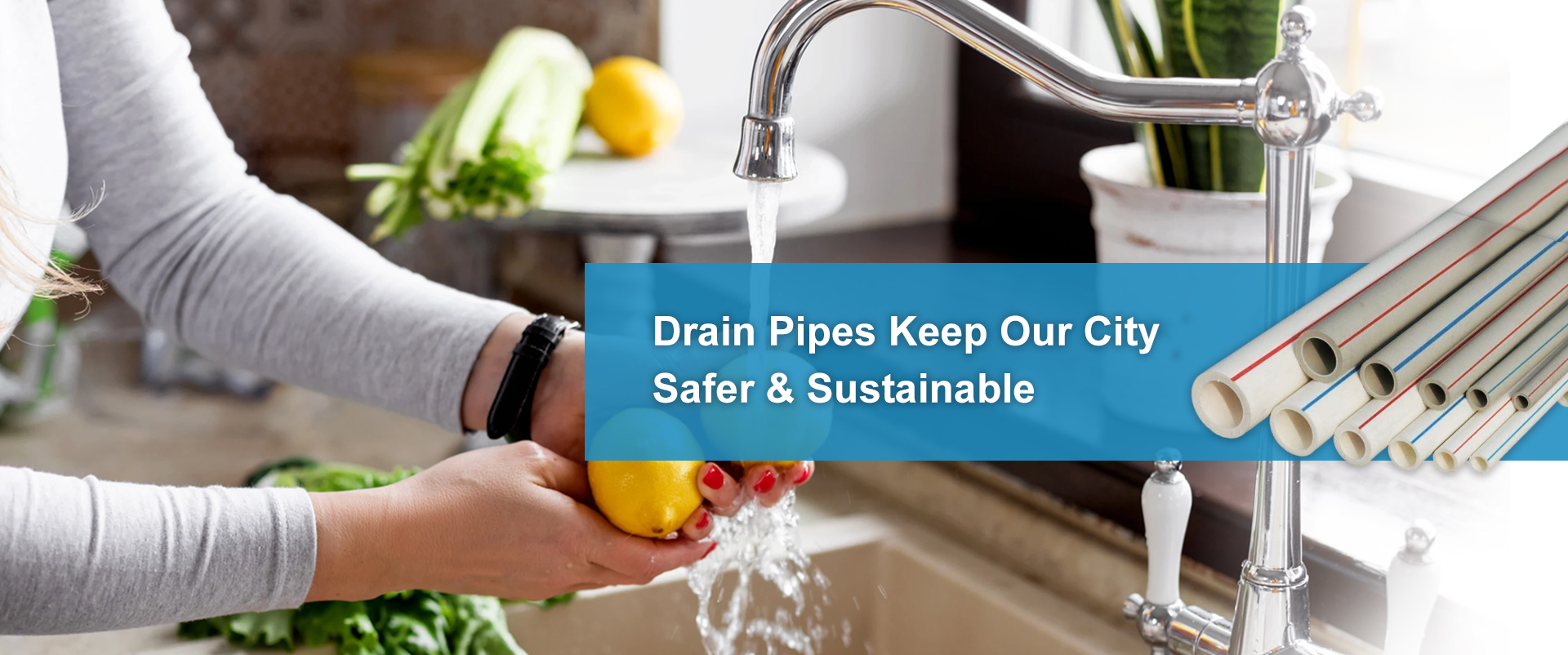Dec . 22, 2024 16:01 Back to list
hdpe to steel transition coupling product
Understanding HDPE to Steel Transition Couplings A Comprehensive Overview
In industrial and infrastructural applications, the transition between different materials is a critical aspect that ensures the integrity and longevity of fluid transport systems. One such pivotal component is the HDPE (High-Density Polyethylene) to steel transition coupling. This device facilitates the connection between HDPE pipes and steel pipes, commonly employed in various sectors, including water supply, natural gas distribution, and wastewater management.
What is HDPE?
High-Density Polyethylene (HDPE) is a thermoplastic polymer widely recognized for its strength, resistance to impact, and durability. Commonly utilized in various applications, HDPE is popular for piping systems due to its excellent chemical resistance, lightweight properties, and flexibility. Its ability to withstand environmental stress and its corrosion-resilient nature make it a preferred choice for industries requiring reliable and long-lasting piping solutions.
The Role of Transition Couplings
Transition couplings serve a vital role in the connection of dissimilar materials, such as HDPE and steel. These couplings are designed to connect two different pipe materials while ensuring a leak-proof seal and maintaining pressure throughout the system. The coupling's design typically includes an integrated sealing mechanism to accommodate the thermal expansion characteristics of both materials, thereby preventing undue stress that can lead to failures.
Advantages of HDPE to Steel Transition Couplings
1. Flexibility One of the most significant advantages of using HDPE is its flexibility. When connected to a rigid steel system, the transition coupling allows for some movement without compromising the integrity of the joint. This feature is particularly beneficial in environments where ground movement or vibrations might occur.
2. Corrosion Resistance While steel has its strengths, it is inherently susceptible to corrosion. HDPE, on the other hand, boasts excellent resistance to various chemicals and environmental conditions. Transition couplings minimize the exposure of steel to corrosive elements, thereby extending the lifespan of the steel components in the pipeline.
hdpe to steel transition coupling product

3. Ease of Installation Transition couplings are designed for quick and easy installation, often requiring fewer tools than traditional pipe fittings. This efficiency not only reduces labor costs but also minimizes potential disruptions during the installation process.
4. Cost-Effectiveness Although the initial investment for HDPE pipes and coupling systems may be higher than traditional materials, the long-term benefits—including reduced maintenance costs, lower susceptibility to damage, and extended service life—often lead to overall cost savings.
5. Versatility These couplings can be used in diverse applications, from municipal water systems to industrial processing facilities, making them an essential component in various sectors.
Challenges and Considerations
While HDPE to steel transition couplings offer numerous advantages, certain challenges should be considered during installation
- Compatibility Ensuring that the materials used in the coupling are compatible with both the HDPE and steel pipes is critical to maintaining system integrity. - Installation Techniques Proper installation techniques must be followed to prevent leaks or failures. It's essential for professionals to be well-versed in the specifics of connecting different materials.
- Temperature Effects As materials expand and contract with temperature changes, considerations should be made to size and position the coupling appropriately to handle thermal movements.
Conclusion
In conclusion, HDPE to steel transition couplings are vital components in modern piping systems, allowing for efficient and effective connections between distinct materials. Their unique properties—flexibility, corrosion resistance, and ease of installation—make them an excellent choice for a variety of applications. As industries continue to evolve, understanding the significance and proper use of these couplings will be essential for ensuring the performance and longevity of fluid transport systems, ultimately contributing to greater operational efficiency and reduced environmental impact. With ongoing advancements in materials science and engineering, the future of such coupling technologies looks promising, paving the way for innovative solutions in the realm of piping and fluid dynamics.
-
High-Quality PVC Borehole Pipes Durable & Versatile Pipe Solutions
NewsJul.08,2025
-
High-Quality PVC Perforated Pipes for Efficient Drainage Leading Manufacturers & Factories
NewsJul.08,2025
-
High-Quality PVC Borehole Pipes Durable Pipe Solutions by Leading Manufacturer
NewsJul.08,2025
-
High-Quality PVC Borehole Pipes Reliable PVC Pipe Manufacturer Solutions
NewsJul.07,2025
-
High-Quality UPVC Drain Pipes Durable HDPE & Drain Pipe Solutions
NewsJul.07,2025
-
High-Quality Conduit Pipes & HDPE Conduit Fittings Manufacturer Reliable Factory Supply
NewsJul.06,2025

